We’ve been kissing under the mistletoe, trimming trees and opening up our chimneys to a fat man in a red suit since before we can remember. These customs have become synonymous with the holiday season, but do you know where they come from? Some traditions have pagan roots, while others are more contemporary, as we learn by delving into the origins of these popular Yuletide traditions. By Brent Furdyk

Giving Gifts
In the New Testament, the Three Wise Men are described as honouring the birth of a newborn baby Jesus with gifts of gold, frankincense and myrrh. But the notion of exchanging gifts during a winter holiday can be traced even further back to pagans in Europe and the Middle East, who traditionally gave each other presents during winter festivals such as Saturnalia, a wild Roman festival in honour of the god of agriculture. The week long event began on December 17, whereby pagans would celebrate with excessive drinking and giving gifts, like pottery figurines, fruits, nuts, and candles – proving not a whole lot has changed over the centuries.

Xmas
There are those who believe that replacing “Christmas” with the easier-to-spell “Xmas” is disrespectful bordering on blasphemous for essentially taking the “Christ” out of “Christmas.” However, this isn’t actually the case; in fact, the X comes from the Greek letter Chi, which is the first letter of Χρήστος (Christ in Greek). Using the symbol “X” in place of Christ’s name has been going on amongst religious scholars for at least 1,000 years.

Hanging Stockings
In many folk tales, stockings hung by the fire with care go hand-in-hand with a drop-in from good ol’ St. Nick. The poem “A Visit From St. Nicholas,” published in 1823, clearly describes the importance of stockings: “The stockings were hung by the chimney with care, in hopes that St. Nicholas soon would be there.” But the tradition can be traced back to Europe in the 12th Century, whereby children were encouraged to leave out their shoes and stockings to receive gifts if they were good or, if they were naughty, a stocking full of coal, sticks or even manure.
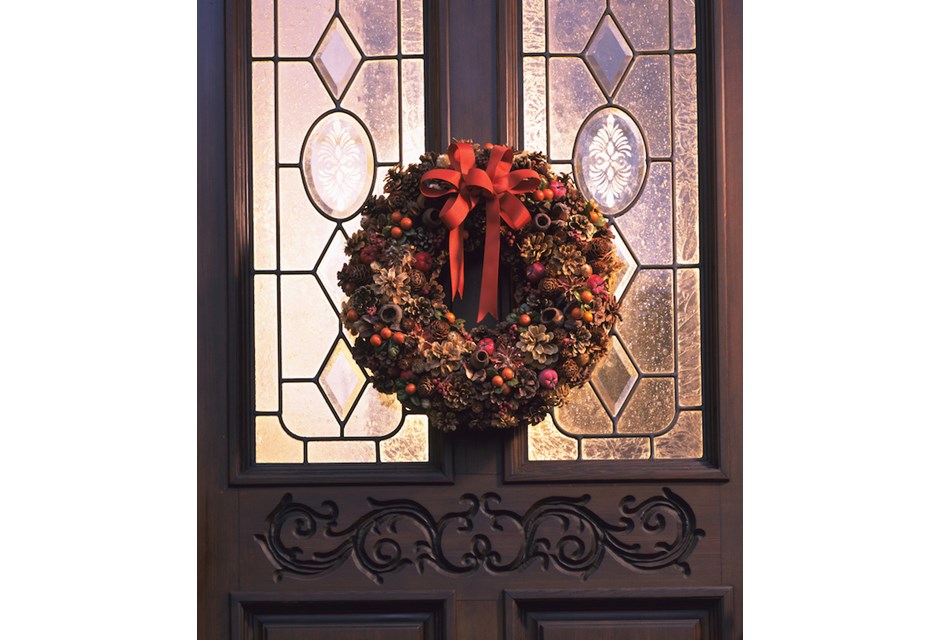
Christmas Wreaths
Wreaths have always played an important role in holiday decorating and have a long history dating as far back as the Persian Empire, where the rich wore fabric wreaths adorned with jewels. In Ancient Greece and Rome, handmade laurel wreaths were used as crowns for athletes and military heroes. By the mid-15th century, the working class began to use wreaths for celebrations and holidays. It was somewhere during this part of history that the traditional of hanging a wreath as a decoration came into play.

Trimming the Tree
Historians believe the Christmas tree tradition began sometime around the 15th Century, but evergreens were used to celebrate pagan winter festivals for thousands of years before that. It’s believed that the Christian church took on the evergreen tradition because the symbolism of everlasting life echoed elements of the Christian faith. The advent of the modern-day Christmas tree, however, can be attributed to Queen Victoria and her German husband, Prince Albert, who were pictured (by an artist) standing in front of a large decorated fir tree with their family in the palace. Unlike their predecessors, this royal couple was well-liked and their actions became the height of fashion, thus popularizing this German tradition in England and North America.
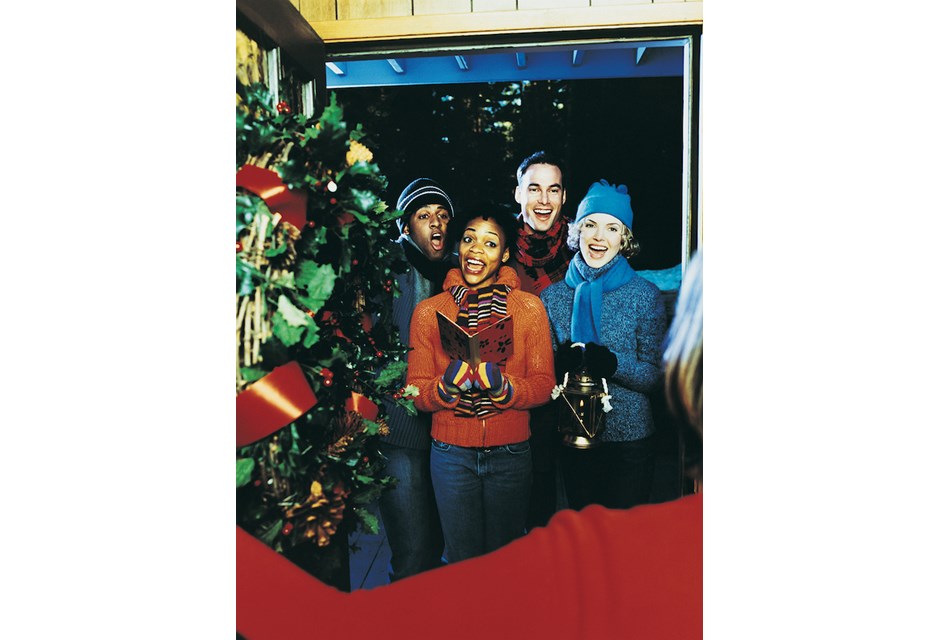
Carolling
Songs celebrating the nativity were first written in Latin in the 4th and 5th centuries, but didn’t become linked with Christmas until the 13th century. Christmas carols grew in popularity after the Reformation in countries where Protestant churches were prevalent, as well-known Reformers such as Martin Luther wrote carols and encouraged their use in worship. The printing of Christmas music books in the 19th century helped to spread their appeal, while the tradition of singing door-to-door is an updated version of wassailing, where a group of rowdy drunkards went from house to house trading a sip from their bowl of boozy wassail in exchange for a gift.
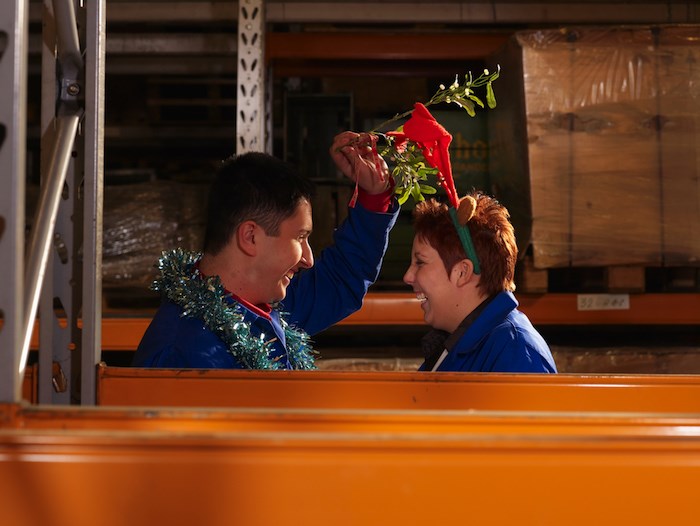
Kissing Under the Mistletoe
Kissing under the mistletoe is a time-honoured holiday tradition that has its origins in our ancestors’ belief that mistletoe possessed powers to aid fertility and vitality. In Medieval times, women wrapped the plant around their waists to improve their chances of conceiving. The tradition of kissing seems to have emerged among servants in England; as part of the saucy custom, men were allowed to steal a smooch from any woman caught standing beneath the mistletoe.
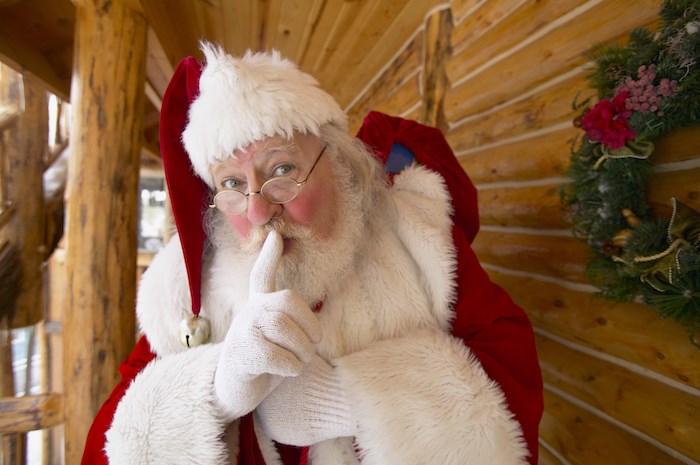
Santa Claus
Santa Claus has a lengthy history, with the story of the jolly, portly gift-deliverer stretching all the way back to the 4th century and the real-life Saint Nicholas. The patron saint of children and sailors from Asia Minor, Nicolas was known to give small gifts to young children. The American “Santa Claus” as we know him owes his existence to the Dutch settlers who brought their love of Sinter Klass (St. Nicholas) with them to the New World. The Americanized version of Santa, as we recognize him today with his long white beard and distinctive red get-up, was widely popularized by the Coca-Cola company, which used images of Santa extensively in advertisements during the 1930s.

Christmas Cards
British public servant and educator Sir Henry Cole and his artist friend John Horsley are purported to have created the first Christmas card in 1843 as a way of encouraging people to use England’s newly created postal service. Unfortunately, the cards were expensive to create and mailing them wasn’t cheep either. Fast- forward 20 years, with advances in printing bringing prices down, resulting in a sudden popularity in sending Christmas cards to friends and loved ones. By 1900, the custom of sending Christmas cards had spread throughout Europe.
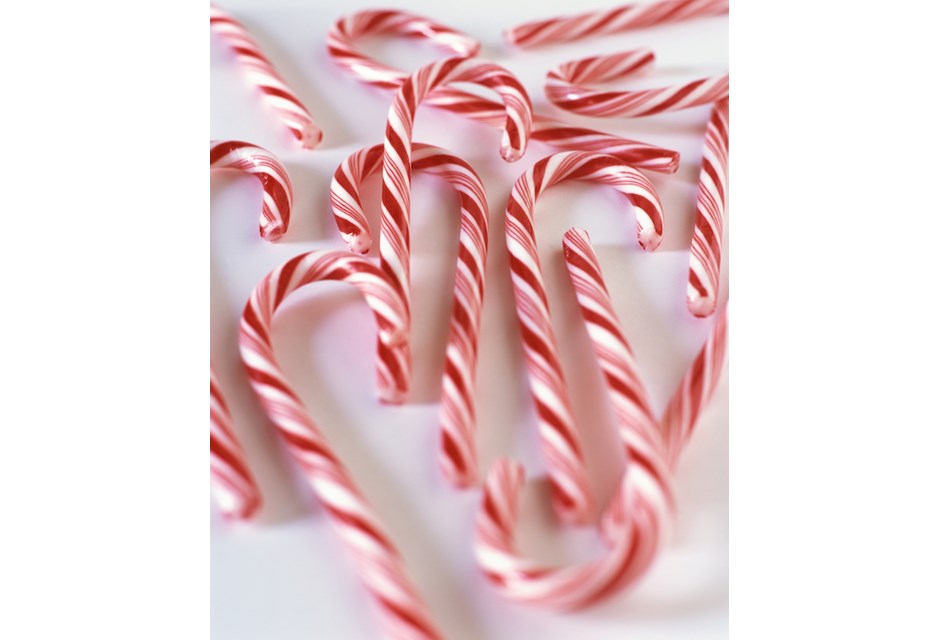
Candy Canes
We can thank German settlers for bringing candy canes to North America during the 18th and 19th centuries. Initially, the sweet treat came in the form of a plain white stick, with the now-iconic red-and-white stripes added by creative candy-makers about 100 years later. The hook shape was added so that consumers could adorn their trees with them – which remains a holiday tradition. Another tradition has a more religious undertone, with the candy canes’ J shape meant to symbolize the first letter of Jesus.
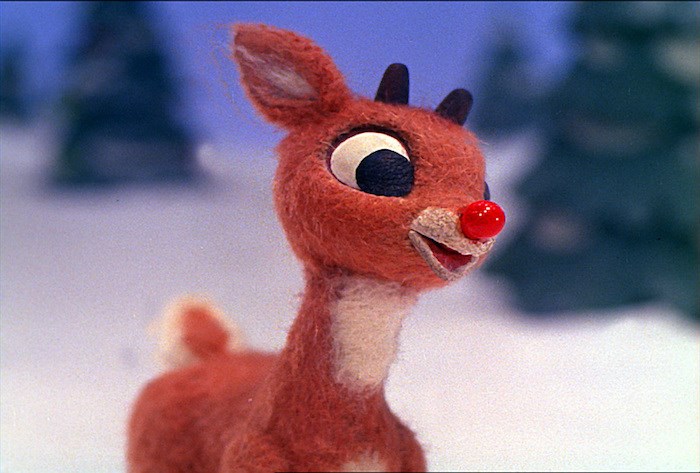
Rudolph the Red-Nosed Reindeer
Rudolph and his nose so bright took flight when a copywriter working for the Montgomery Ward department store in the U.S. was looking to bring in more business during the holidays. And so, in 1939, Robert L. May wrote the original poem that told the story of the young reindeer who was shunned by all the other deer because of his big, glowing red nose. Several years later, May’s brother-in-law, Johnny Marks, wrote the iconic song based on Rudolph’s story. After being recorded a few times, singing cowboy movie star recorded the classic version we know and love, which hit #1 on the pop charts in 1949.

Christmas Crackers
In 1847, a U.K. candy-maker by the name of Tom Smith looked to traditional Parisian paper-wrapped sweets, which inspired him create the first popping Christmas cracker. Each treat had a romantic message, which he dubbed “Kiss Mottos.” These treats enjoyed limited success, but it wasn’t until he added the ability to have them “snap and crack” when they pulled apart that sales really exploded, and they remain a holiday tradition, especially in Britain.
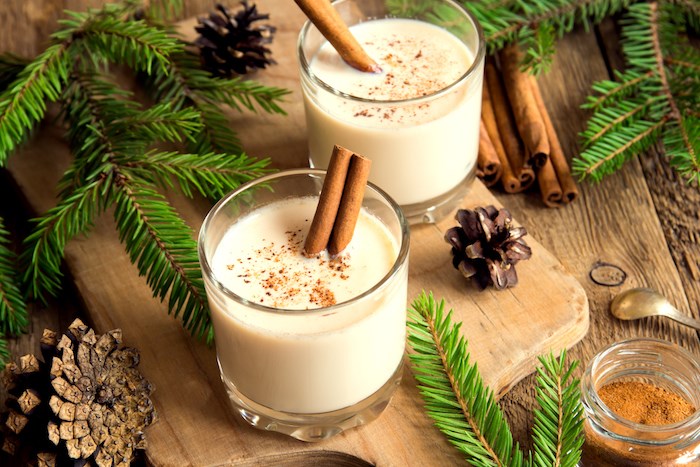
Eggnog
This thick holiday libation is a Christmas tradition, but when – and why – did we start drinking it. For the answer, we must take the Wayback Machine to Medieval Britain, when monks enjoyed an ale-like drink made from milk and figs called “posset.” Fast-forward to the 1700s when farmers in America – who had plenty of milk, eggs – and added rum to the mixture, to be enjoyed during the holidays. While the origins of the word “eggnog” are still unclear, it became the accepted term for the creamy beverage sometime in the 1800s.
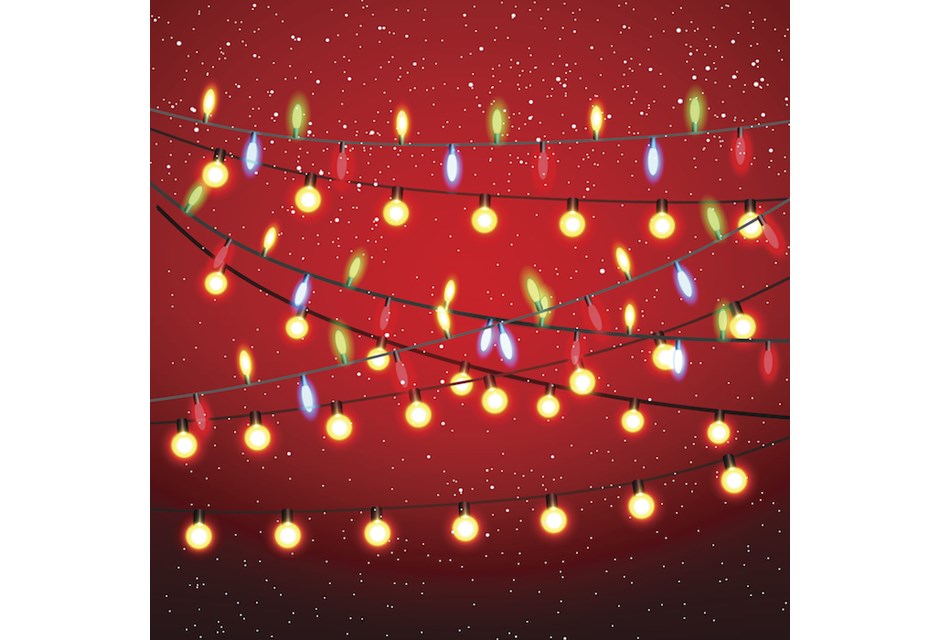
Christmas Lights
The idea of hanging strings of tiny lightbulbs on one’s house came from Thomas Edison, who created the very first strand of Christmas lights back in 1880 and hung them outside his lab in Menlo Park, New Jersey to create a festive look. It wasn’t until a bit later, in 1903, that General Electric started selling Christmas lights, but they were complicated, expensive, and required an electrician to set up. Finally, in 1917 a teenager named Alfred Sadacca convinced his father to start selling strands of brightly coloured lights in the family-owned novelty store, creating an annual holiday tradition that exists to this day.
HGTV your inbox.
By clicking "SIGN UP” you agree to receive emails from HGTV and accept Corus' Terms of Use and Corus' Privacy Policy.




